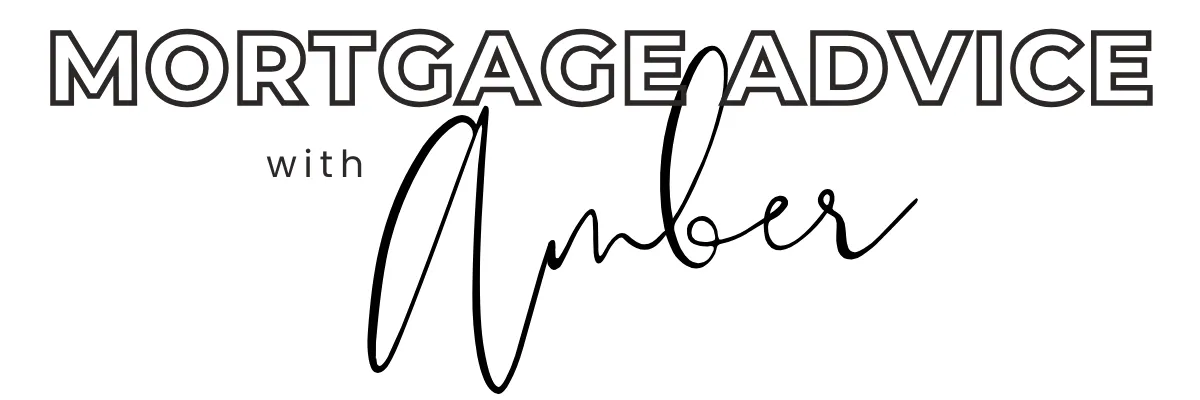
Don’t Fall for That Mortgage Mailer — Here’s What’s Really Going On
Don’t Fall for That Mortgage Mailer — Here’s What’s Really Going On
Have you ever pulled one of those letters out of your mailbox that makes it sound like you’ve hit the jackpot?
You know the type: It has your name, your home address, maybe even a line that says something like “Pre-approved for a 30-year fixed at 4.75%!”
It looks official. It feels urgent. And if you’ve never refinanced before — especially if you bought your home in the last few years — it might seem like a great opportunity.
But let’s hit pause for a second. Because a lot of those mailers? They’re super misleading.
Let’s talk about what’s really going on behind the curtain — no jargon, no sales pitch — just real talk from someone who’s seen this kind of thing more times than I can count.
🎥 Prefer to Watch Instead?
Here’s a quick video where I break down one of these mailers, including how lenders hide tens of thousands in fees. If you’re more of a visual learner, hit play.▶️
Why These Mailers Show Up (and What They Don’t Tell You)
Different lenders have different strategies. Some work off referrals. Some advertise online. And some — let’s be real — send out a flood of snail mail that looks like it came from your current mortgage company.
Spoiler alert: It probably didn’t.
These mailers are technically legal, but they’re often crafted to confuse you, not help you.
That Low Interest Rate? It Comes at a Steep Price
Here’s one of the biggest tricks in the book: they advertise a super low interest rate (say 4.75%), and then in tiny fine print, you see an APR (Annual Percentage Rate) that’s way higher — like 5.89% or more.
If you’re thinking, “What’s the big deal?” — here’s the difference:
The interest rate is what your monthly payment is based on.
The APR tells you what you’re actually paying once you factor in fees, points, and other costs.
🎯 Quick Tip:
If the APR is more than 1% higher than the interest rate, that’s a flashing red light. It usually means the lender is charging huge upfront fees to make the rate look pretty.
A Real-Life Breakdown: $67K in “Discount Points”?!
Let me show you what this can look like when we break it down.
Let’s say a mailer offers:
30-Year Fixed Rate: 4.75%
APR: 5.89%
Loan Amount: $586,000
So far, so good? Not really.
To match that offer, you'd have to pay over $68,000 in lender fees, including $67,000 just in “discount points.”
Yup — nearly $70K added to your loan just to get that lower rate.
Sure, the monthly payment might look decent at $3,056, but here’s the math that matters:
If you’re saving $400–500 per month vs. a standard loan, it’ll take you 12 to 14 years to break even.
Most people refinance or move within 7 years. So that “deal” ends up being a big loss.
The Fine Print Is Where the Truth Hides
These mailers are sneaky.
They’ll base everything on a $250,000 loan amount to make the numbers look small and harmless — even though most homes are financed for way more.
They also skip over key details like:
Minimum credit score (usually assumes 780+)
Loan-to-value ratio (often 50%+ equity)
Property type (single-family homes only)
So unless you have perfect credit, tons of equity, and a very specific type of home, you probably won’t qualify for that deal anyway.
Oh, and if you're hoping to take cash out? That’s almost never included in the advertised rate. In fact, your actual rate will likely be even higher.
Want to Double-Check That Rate? Look at the Real Market
As of the writing of this content, the average 30-year fixed mortgage rate — according to Freddie Mac — is hovering around 6.5%. The 52-week average is about 6.7%.
So if someone’s waving a 4.75% rate in your face, when the market says 6.5% is normal, something’s fishy.
And it’s probably those massive points they’re trying to bury in the fine print.

How to Protect Yourself (Without Becoming a Mortgage Expert)
You don’t need to become a mortgage nerd to spot a bad deal. Just keep these four things in mind:
1. Always Read the Fine Print
Look for words like “not affiliated with your lender” or “example scenario only.” That’s your first clue.
2. Focus on the APR
Forget the headline rate. The APR tells the real story once all the fees are baked in.
3. Ask About Points
If the rate is lower than everyone else’s, ask: “How many points am I paying for this?”
And then ask yourself: “Will I keep this loan long enough to make those points worth it?”
4. Get a Second Opinion
Even if the offer looks good, talk to someone you trust — ideally a licensed mortgage advisor (like me!) — to help you compare apples to apples.
Real Talk for Newer Homeowners
If you bought your house within the last few years, you’re probably:
Still getting used to homeownership
Dealing with higher balances
Building equity slowly
And if you haven’t refinanced before, this whole world can feel… well, kind of overwhelming.
That’s exactly who these mailers are targeting.
They’re counting on you feeling unsure or curious — so you’ll call the number, talk to a closer, and commit to a deal that looks great but drains your equity in the long run.
🗣️ “You don’t have to figure it out alone. I’ve walked countless homeowners through this same situation, and my goal is always clarity first — not pressure.”
— Amber Jones, Certified Mortgage Advisor
FAQs: Quick Answers to Common Questions
1. What’s the real problem with discount points?
They’re not bad — but if you refinance or sell in a few years, you may never recoup the upfront cost.
2. How do I know if an APR is too high?
If the APR is more than 1% higher than the interest rate, it usually means you’re paying heavy fees.
3. Can I refinance with cash out and still get a low rate?
Cash-out loans almost always come with higher rates. Be skeptical of mailers that suggest otherwise.
4. Are these mailers even legit?
They’re technically legal, but they’re often misleading and structured to generate phone calls, not good outcomes.
5. How can I safely compare mortgage offers?
Ask every lender for a Loan Estimate. Then have someone you trust help you compare them line-by-line.
Bottom Line: Don’t Let a Shiny Mailer Drain Your Equity
If something feels off, it probably is. Mortgage mailers are clever, but you’re smarter than their marketing tricks.
When in doubt, talk to someone who has your back and can explain your real options in plain English.
🙋♀️ Want help decoding a mailer you got? I’d love to take a look and tell you what’s real — and what’s not.
Schedule a free 15-minute consultation and let’s walk through it together.

